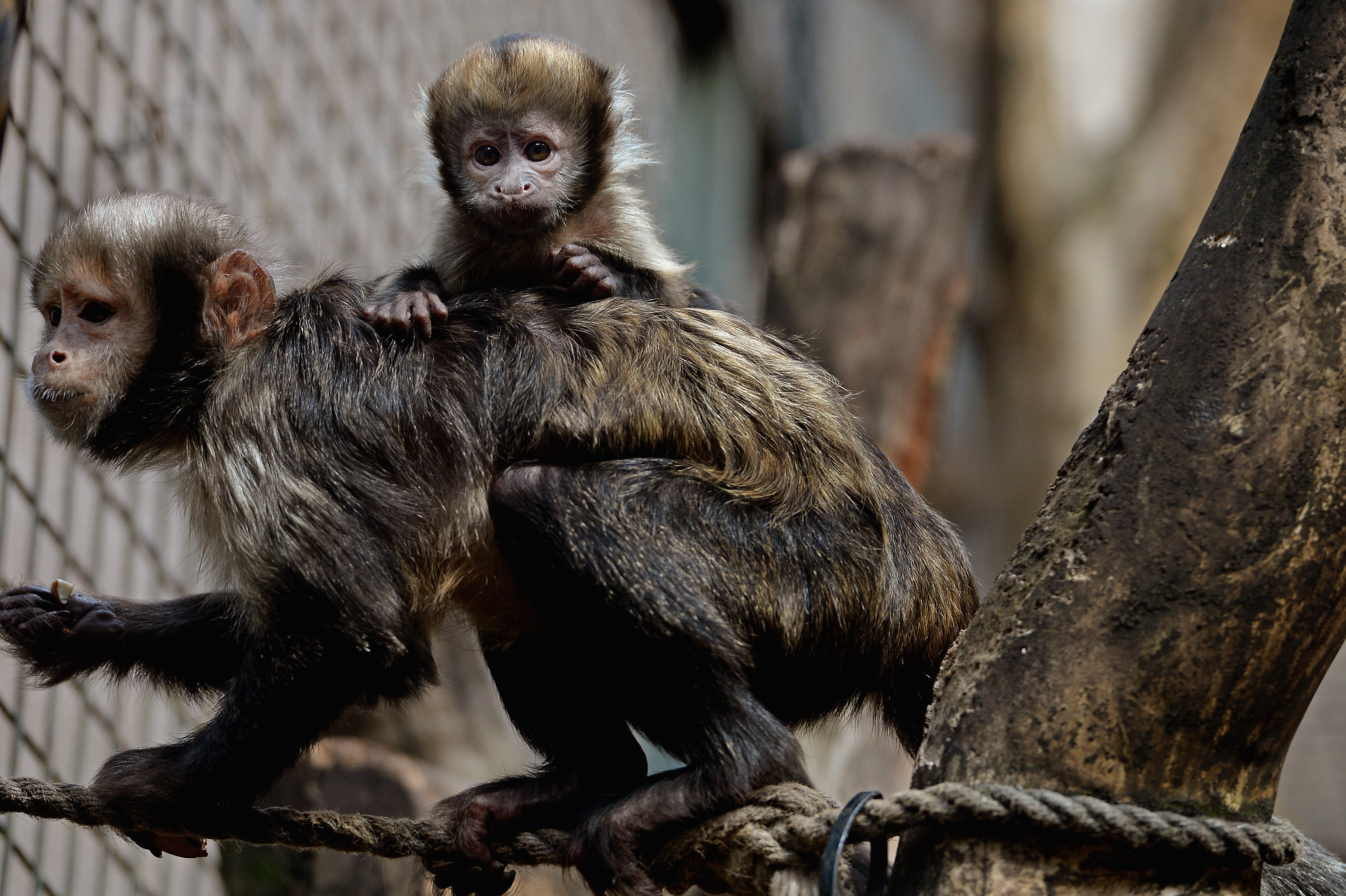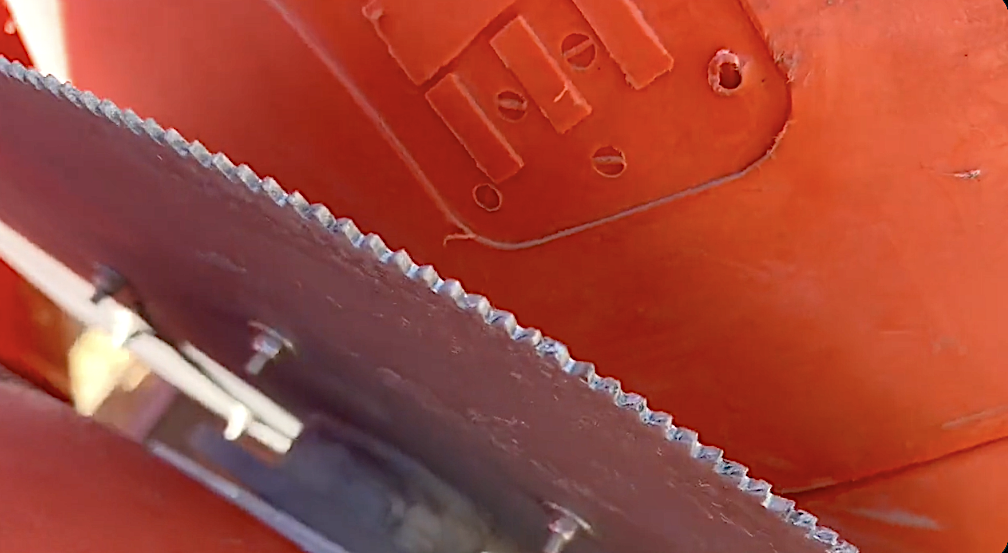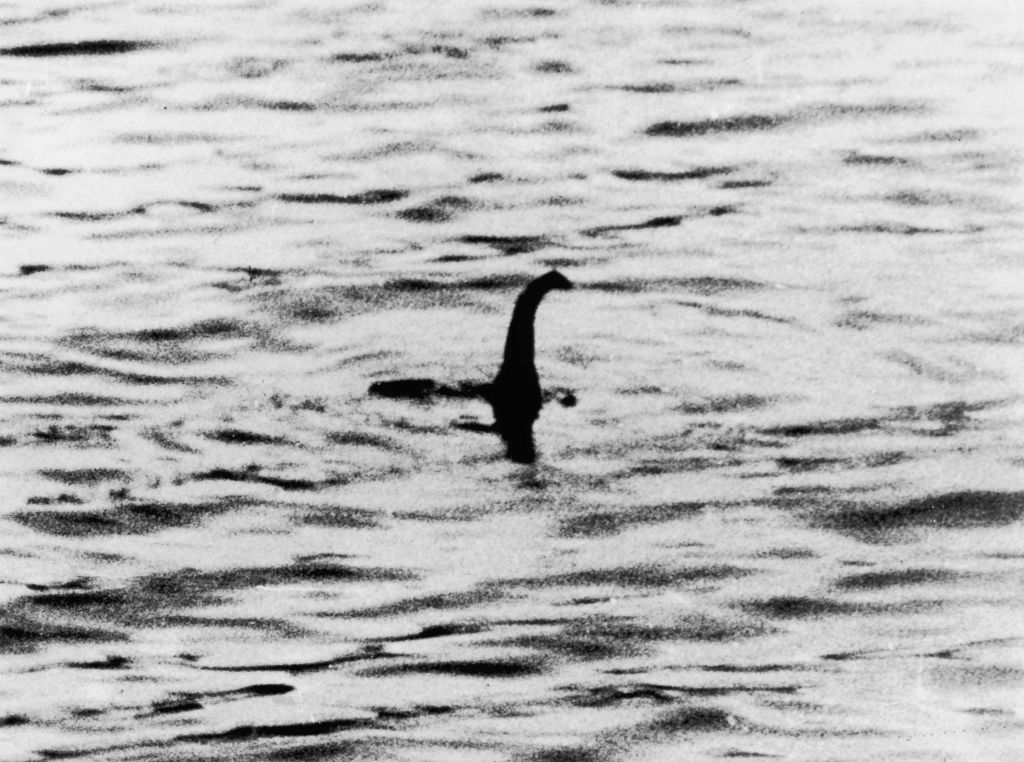Capuchin monkeys are going through their own Stone Age

It's an exciting time to be a capuchin monkey.
Modern humans' ancestors went through a Stone Age about 3 million years ago, marked by their use of stone to create tools for all kinds of purposes, from hunting to construction. And while other non-human species have been known to use stones as tools from time to time, the capuchin monkey has shown evidence of having a true Stone Age of its own, Science News reports.
The evidence comes from a study published in the journal Nature Ecology & Evolution this week. An archaeological site in Brazil uncovered stone tools used by capuchin monkeys from various times over the past 3,000 years. The capuchins' use of stone tools has actually changed over time, which is what makes it different from other primates' habits — over the course of the monkeys' Stone Age, as their environment has adapted, they've adapted their tools to suit their needs.
The Week
Escape your echo chamber. Get the facts behind the news, plus analysis from multiple perspectives.

Sign up for The Week's Free Newsletters
From our morning news briefing to a weekly Good News Newsletter, get the best of The Week delivered directly to your inbox.
From our morning news briefing to a weekly Good News Newsletter, get the best of The Week delivered directly to your inbox.
This doesn't necessarily mean that these little primates will eventually progress to their own Bronze Age and Iron Age like humans did, but it's still a remarkable find. Maybe with enough time, capuchins will find their own ways to evolve — and one day, inherit the Earth.
Read more at Science News.
A free daily email with the biggest news stories of the day – and the best features from TheWeek.com
Shivani is the editorial assistant at TheWeek.com and has previously written for StreetEasy and Mic.com. A graduate of the physics and journalism departments at NYU, Shivani currently lives in Brooklyn and spends free time cooking, watching TV, and taking too many selfies.
-
 How weight-loss jabs are changing the way we eat
How weight-loss jabs are changing the way we eatIn The Spotlight Anti-obesity drugs have been a boon for Babybel but are supermarkets ready for a slimmed-down Christmas?
-
 Sudoku hard: December 18, 2025
Sudoku hard: December 18, 2025The daily hard sudoku puzzle from The Week
-
 Crossword: December 18, 2025
Crossword: December 18, 2025The daily crossword from The Week
-
 Nobody seems surprised Wagner's Prigozhin died under suspicious circumstances
Nobody seems surprised Wagner's Prigozhin died under suspicious circumstancesSpeed Read
-
 Western mountain climbers allegedly left Pakistani porter to die on K2
Western mountain climbers allegedly left Pakistani porter to die on K2Speed Read
-
 'Circular saw blades' divide controversial Rio Grande buoys installed by Texas governor
'Circular saw blades' divide controversial Rio Grande buoys installed by Texas governorSpeed Read
-
 Los Angeles city workers stage 1-day walkout over labor conditions
Los Angeles city workers stage 1-day walkout over labor conditionsSpeed Read
-
 Mega Millions jackpot climbs to an estimated $1.55 billion
Mega Millions jackpot climbs to an estimated $1.55 billionSpeed Read
-
 Bangladesh dealing with worst dengue fever outbreak on record
Bangladesh dealing with worst dengue fever outbreak on recordSpeed Read
-
 Glacial outburst flooding in Juneau destroys homes
Glacial outburst flooding in Juneau destroys homesSpeed Read
-
 Scotland seeking 'monster hunters' to search for fabled Loch Ness creature
Scotland seeking 'monster hunters' to search for fabled Loch Ness creatureSpeed Read